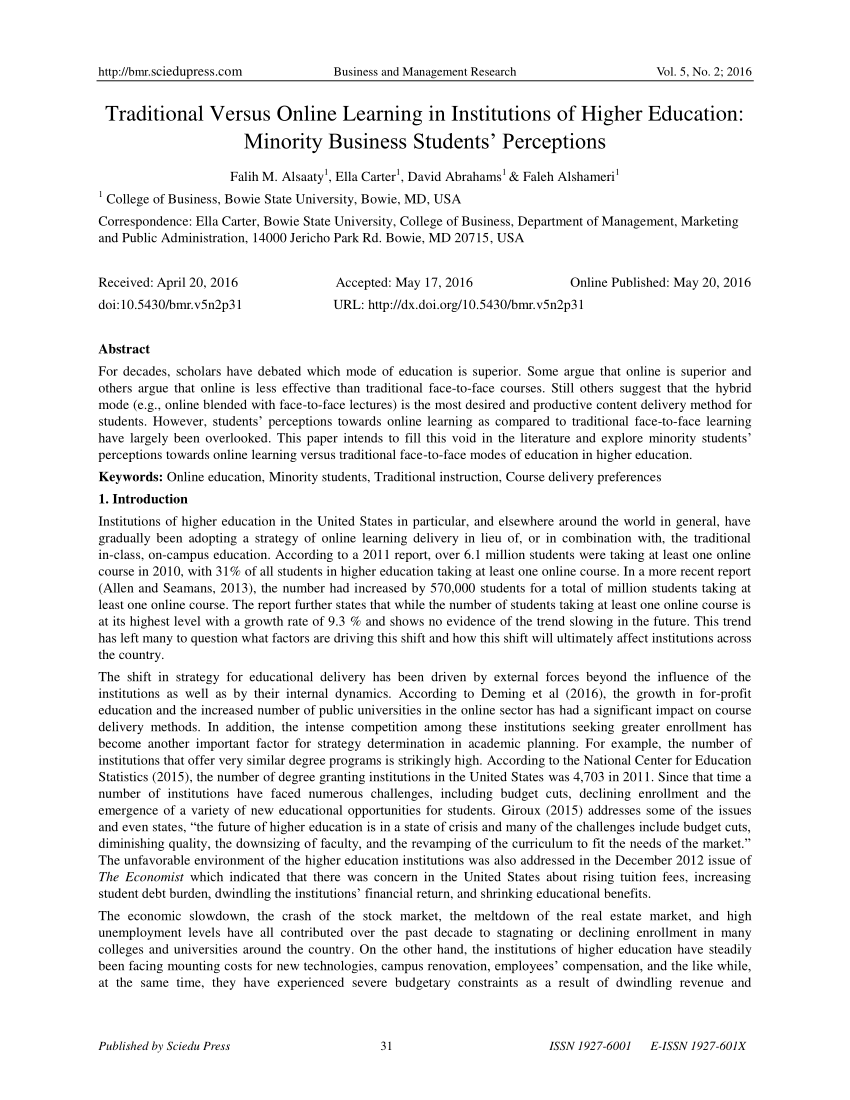
Today's workforces are increasingly remote, digital, and flexible. Companies need to expand their training programs while maintaining consistency with content, messages and training in order to stay competitive. This can be achieved by using virtual training, which allows companies to keep their core business values intact. Virtual training can bring three important benefits to your organization. Learn more. In-person training can be time-consuming and costly, and many companies struggle to meet these demands.
Virtual training sessions have their disadvantages
One of the main drawbacks to virtual training is the infrequent interaction between the teacher and learners. This lack of interaction and accountability can be detrimental to the development or soft skills. In addition, learners cannot ask in-the-moment questions and receive real-time feedback from the trainer. Learners will also be bored and disengaged if they are not able to communicate with their trainers. Additionally, the lack interaction between the trainers and the learners results in a poor understanding.
There are technical issues that can arise when you do virtual training. Even though it is not usually a problem in face-to–face training, technical problems can arise with virtual training. Some learners may have trouble connecting to a remote computer, or a heavy-duty laptop. This can not only affect employee productivity and interest but can also cause them to abandon the training program. These are just some of the potential disadvantages of virtual training sessions.

Time management skills required for virtual training sessions
If you are looking to run a successful virtual training session, you'll need some time management skills. These are the skills you need to fit tasks into your schedule, avoid burnout, and prioritize your priorities. These skills will help build confidence to manage time well. It will also give you more time to enjoy life. It can make a difference in your professional life and personal life by learning how to manage your time well.
First, evaluate the time management skills of your employees and determine which ones require additional help. Next, set up individual sessions with those who need it. A mentor program may be set up between employees who have good time management skills and those who require assistance. This will ensure that every employee is given the time and attention they require to succeed. Additionally, this will allow you to teach time management skills to your employees in order to improve their productivity.
Virtual training sessions across time zones
It can be hard to manage a virtual training program across different time zones. Even though it is easier for attendees to access the session from different time zones, it can prove frustrating for presenters. There are many ways to make this process more efficient. Two strategies will help you make virtual training sessions seamless across time zones. Continue reading for more information.
No matter your preferred presentation style, remote team members will be in different time zones. You should plan your training sessions according to this fact. Consider using a time zone planner to choose the most appropriate times. Such a planner will allow you to select different time zones and will display the various time shifts. It is important to keep everyone happy, so plan well.

Investing in quality equipment and software
High-quality equipment will improve the quality of virtual instructor-led training and reduce training costs. Investing in better tools will enable you to run more successful virtual training sessions, and the initial outlay will be offset by longer-lasting performance. Make sure you practice each training session before teaching. If you find that one aspect of the training is hard to explain, you may consider having a live instructor.
FAQ
What is the benefit of e-learning and how can it be used to your advantage?
Learners can engage in learning activities online at any time, from anywhere. They can learn from anywhere and at any time.
E-Learning also enables the learner to interact with others who have similar interests. This interaction can improve communication skills, knowledge sharing, and communication.
Technology makes it easier to exchange information between the student and teacher. Technology used should be robust enough support high-quality content delivery.
E-learning can help reduce costs by reducing the need for travel for training purposes.
It saves time and money by allowing the learner to complete their coursework while working or traveling.
How effective is eLearning?
E-learning makes it easy to share learning content online. It gives learners access to information from any location, at any time.
E-learning also allows you to deliver training programs on demand without the need for expensive travel costs or classroom space.
Why do many prefer taking eLearning courses?
These are the reasons. They allow flexibility. You don't need to attend classes at the same time and place. Secondly, you can learn online from anywhere. Online courses offer the opportunity to learn from anywhere, without distractions. They are also affordable.
Statistics
- Interestingly, students' participation in online training grew by 142% in the past year alone, indicating how quality education and up-to-date teaching pedagogy are preferred by learners and working professionals to upskill across India. (economictimes.indiatimes.com)
- The UK sample was relatively balanced in terms of gender (56% male) compared to the Gambian group (77% male). (sciencedirect.com)
- However, e-learning courses that are engaging, well-designed, and interesting are likely to be perceived as useful by e-learners (Roca & Gagné, 2008). (sciencedirect.com)
- In the 2017 ATD research report Next-Generation E-Learning, 89% of those surveyed said that changes in e-learning require their staff to update or add new skills. (td.org)
External Links
How To
How is eLearning different from traditional teaching methods and how does it differ?
eLearning has been around a long time. Many schools still teach traditional methods of teaching. But eLearning offers many advantages over traditional teaching methods. Here are some:
-
E-learning can be cheaper than traditional teaching methods.
-
Students can learn at their own pace.
-
Teachers have less pressure because they don’t need to worry about getting students up-to-speed before class starts.
-
Teachers can create multiple versions of the course to teach slightly different concepts.
-
Learning can be done through chat rooms or discussion boards. Learners can also interact with one other and ask questions.
-
Learners can work together on assignments and projects.
-
The classroom can be used to view videos and presentations by learners.
-
Online courses are available 24 hours a day, 7 days a week.
-
Learners can study anywhere, anytime.
-
Learners have the option to go back and revisit previous lessons.
-
Learners can track their progress throughout the entire year.
-
Learners get instant feedback on how they perform.
-
Learners can complete assignments and projects at their own pace. They can even submit them later, if they so desire.
-
Learners can access files that include images, notes and other materials.
-
You can print copies and handouts of your assignments.
-
Learning professionals can save money by purchasing supplies and books once per term instead of buying them all.
-
Learners can learn more effectively when studying alone.
-
Learners can collaborate with others who are learning the same subject.
-
Students can share their ideas and resources.
-
Learning can be done through blogs and articles.
-
Students can search for solutions to specific problems.
-
Learners have the ability to create their own content.
-
Learning can be assisted by tutors or peers.
-
Learning can be made easier by making friends with others who have similar interests.
-
It is possible to improve your writing skills as a learner.
-
Learners can discover how to solve creative problems.
-
Students can practice public speaking.